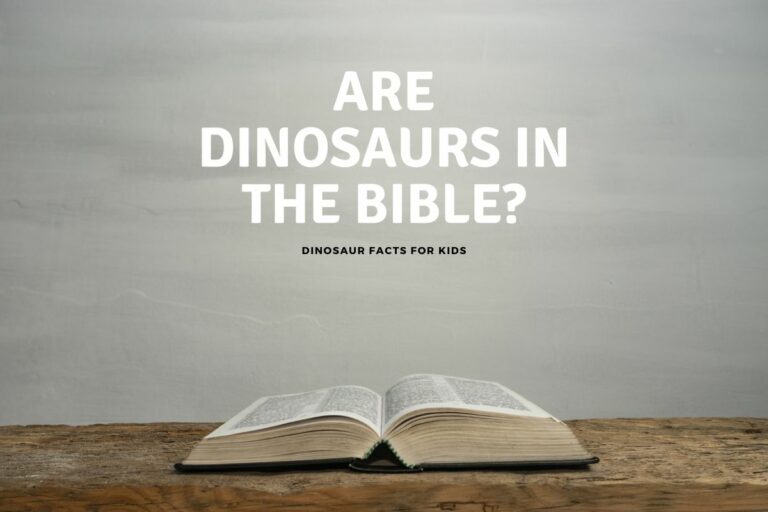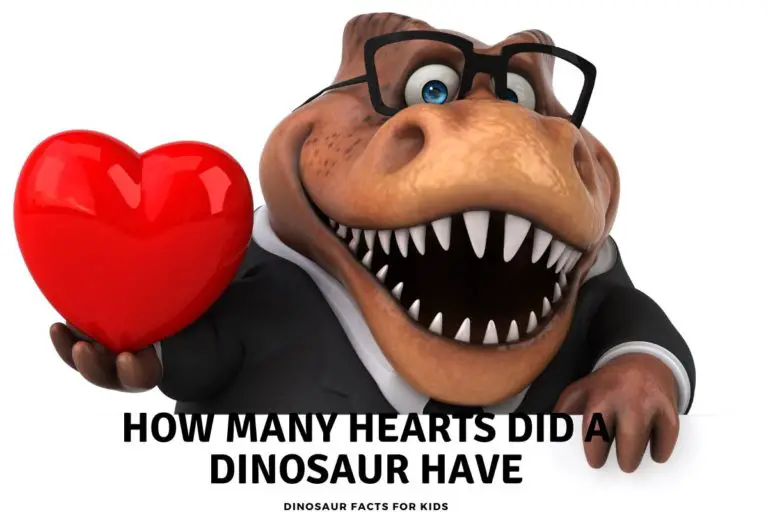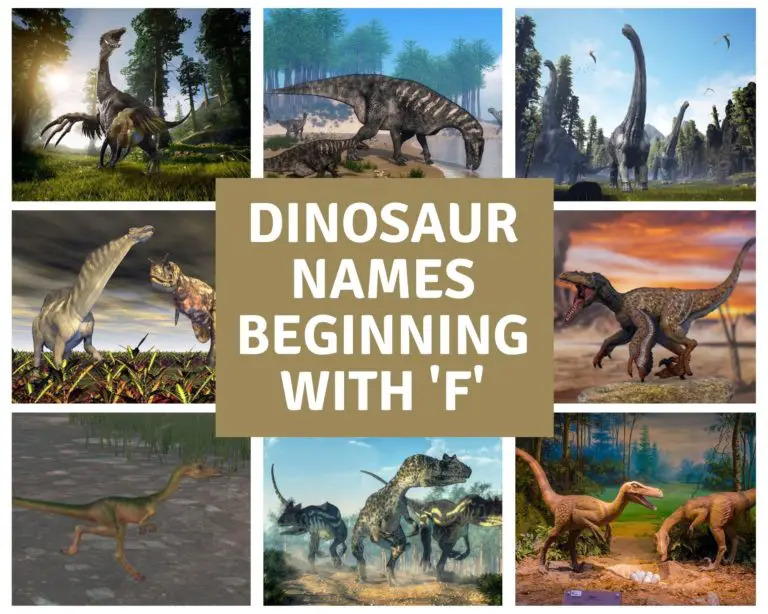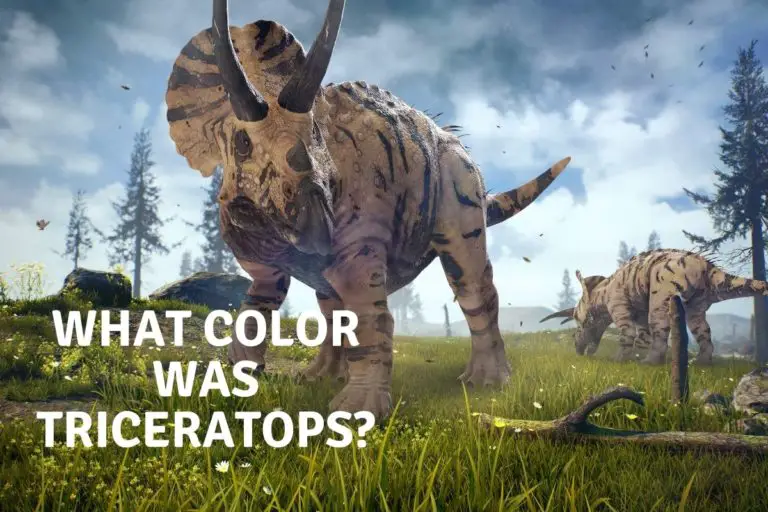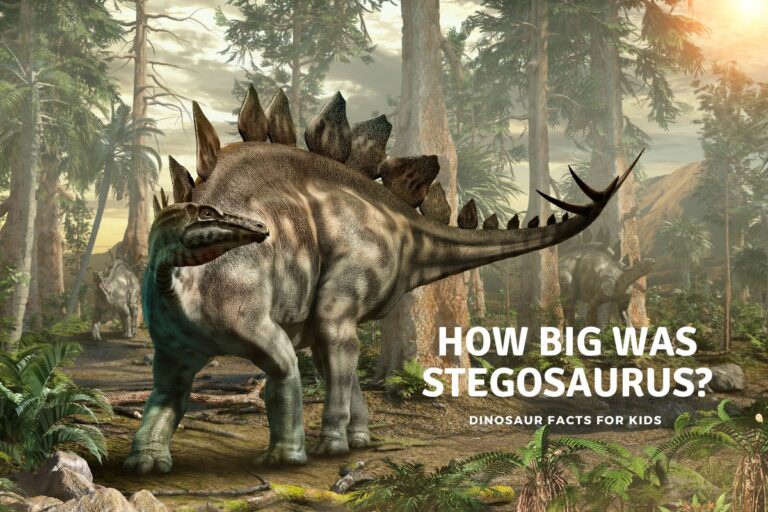Flying Dinosaur Facts – 59 Pterosaur Facts!
The ancient skies 230 to 66 million years ago were certainly full of life just like the seas and the land. Some of the largest flying animals ever lived at the same time as the dinosaurs and we will explore these Pterosaurs, often known as “flying dinosaurs”.
These winged reptiles were the first vertebrates to evolve powered flight, ruling the prehistoric skies while the dinosaurs roamed the earth below.
Pterosaurs ranged from the size of small birds to the largest known flying creatures of all time, with wingspans that stretched up to 10 meters. From the famous Pteranodon to the gigantic Quetzalcoatlus, and about 300 other species perhaps not as well known!
We have an A-to Z of flying dinosaurs here on the siter you can check out here as well.
Although, actually. they are not dinosaurs, they may have shared the Earth with them, but they were an other form of reptile altogether and we mention that in our flying dinosaur or pterosaur – facts below.

Flying Dinosaur Facts: Pterosaur Facts
1: Pterosaurs were not in fact flying dinosaurs, but they lived during the same period. They are part of a group called “Pterosauria,” a group of flying reptiles.
2: The word “pterosaur” comes from the Greek words for “wing” and “lizard”.
3: Pterosaurs / flying dinosaurs were the first vertebrates – animals, like us, with a backbone – to evolve powered flight, not just gliding or soaring.
4: The smallest pterosaurs were about the size of a little bird, with wingspans around 18 inches (45 cm). The largest, like Quetzalcoatlus, were the size of small airplanes, with wingspans up to about 36 feet (11 m) or even larger!
5: Pterosaurs are often thought of as dinosaurs that could fly, or flying dinosaurs but they are a separate group of reptiles.
6: Pterosaurs had hollow bones, which helped them be light enough to fly.
7: Some pterosaurs, like the Pteranodon, had crests on their heads that could be up to 1 meter (3.3 ft) long.
8: Unlike bats, which have wings made of stretched skin between elongated fingers, pterosaurs / flying dinosaurs had wings made of a membrane of skin, muscle, and other tissues stretching from the ankles to a dramatically lengthened fourth finger.
9: Pterosaurs / flying dinosaurs lived everywhere in the world. Fossils have been found on every continent, including Antarctica.
10: Pterosaurs ate a variety of foods. Some were carnivores, eating meat and fish, while others likely ate fruit and seeds.
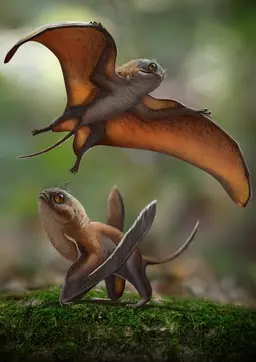
11: Pterosaur eggs were soft-shelled, like those of many reptiles, not hard like bird eggs.
12: Many Pterosaurs had sharp, pointed beaks, which suggests that they were skilled hunters.
13: Some pterosaurs, like the Rhamphorhynchus, had long, thin tails, while others, like the Pteranodon, had very short tails.
14: The bodies of pterosaurs / flying dinosaurs were covered in a fuzzy, fur-like covering called pycnofibers.
15: Pterosaurs were not the ancestors of birds. Birds are descended from dinosaurs, while pterosaurs are a different group of reptiles entirely ( yes we know they certainly looked like flying dinosaurs).
16: Some pterosaurs, lived in social groups, much like modern birds do.
17: The Pterodaustro is known as the “flamingo pterosaur” because it had long, thin beaks and is believed to have fed on small crustaceans, similar to how flamingos feed today.
18: Most flying dinosaurs / pterosaurs could probably walk on all fours when on the ground.
19: The Pteranodon is one of the most well-known pterosaurs, famous for its large size and crested head. It’s often incorrectly depicted in media as a flying dinosaur.
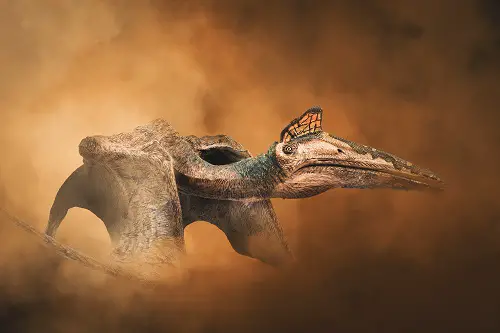
20: The Quetzalcoatlus, one of the largest known pterosaurs, was named after Quetzalcoatl, a feathered serpent god in Aztec mythology.
21: Unlike most modern birds, some pterosaurs had teeth, which varied in size and shape depending on the species.
22: Pterosaur wings were highly flexible, allowing them to maneuver swiftly and adeptly while in flight.
23: Many pterosaurs, such as the Pterodactylus, had a small body size, comparable to that of modern birds.
24: Not all pterosaurs were effective flyers. Some species, like the Dimorphodon, likely spent much of their time on the ground or climbing trees.
25: Scientists believe that some smaller pterosaurs, like the Nemicolopterus, may have been nocturnal, similar to modern bats.
26: Fossil evidence shows that at least some species of pterosaurs lived in colonies, similar to many bird species today.
27: The Anhanguera, a type of pterosaur, had a jaw filled with long, thin teeth, which it likely used to catch fish.
28: Pterosaurs first appeared during the late Triassic Period and lived until the end of the Cretaceous Period, a span of over 160 million years.
29: The Dsungaripterus had uniquely shaped jaws, which were likely adapted to pry shellfish from rocks.
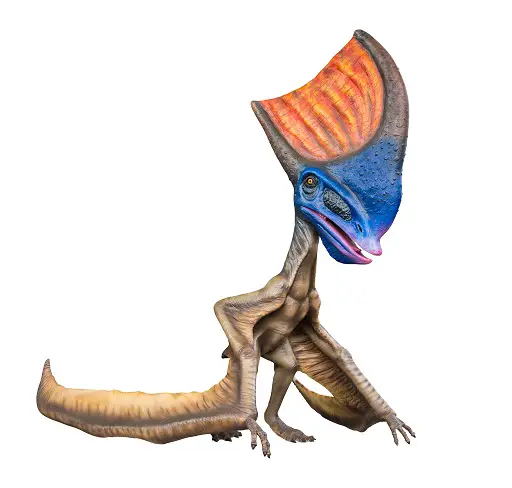
30: Some pterosaurs, like the Tapejara, had elaborate crests on their heads, which were probably used for display to attract mates or intimidate rivals.
31: Pterosaurs are known to have been prey for some large dinosaurs. Fossils of pterosaurs have been found inside the stomachs of dinosaurs like Sinocalliopteryx.
32: While many pterosaurs were fish-eaters, others, may have been scavengers, much like modern vultures.
33: Fossilized pterosaur tracks suggest that these creatures were quadrupedal while on the ground, walking on all fours.
34: Many pterosaurs had a structure known as a “propatagium”, a membrane of skin connecting the shoulder and wrist, which provided additional lift during flight.
35: The Darwinopterus, discovered in China, is known as a “transitional” pterosaur, displaying features of both early and later pterosaurs.
36: Some pterosaurs, like the Nyctosaurus, had extremely elongated fingers to support their wing membranes, while others had shorter, more robust fingers.
37 The Sordes pilosus, a small pterosaur, is one of the few pterosaur fossils found with evidence of a “uropatagium”, a membrane between the legs.
38: The Pterodactylus is commonly and mistakenly used as a synonym for all pterosaurs, but it is actually a specific genus of pterosaurs.
39: The Tropeognathus, a pterosaur with a wingspan of up to 8.2 meters (27 feet), had a distinct jaw with a shape similar to the modern pelican.
40: The Gegepterus, discovered in China, was a small pterosaur that probably fed on fish and other small animals.
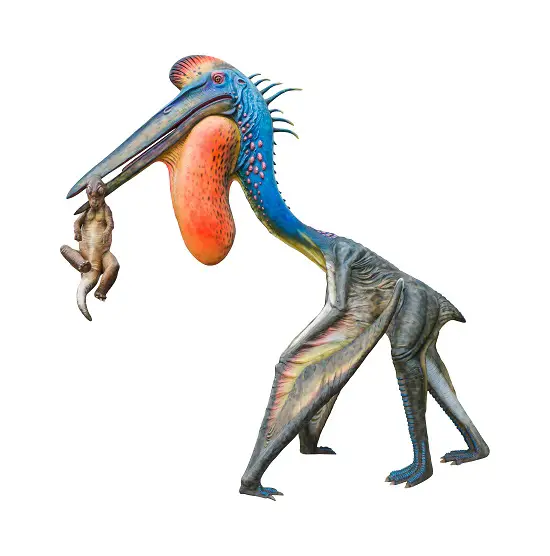
41: The Ludodactylus was a pterosaur with a crest and a mouthful of sharp teeth. The genus name means “play finger”,
42: Pterosaurs were the first animals after insects to evolve flight.
43: The crests on the heads of some pterosaurs may have been used to control their temperature or as a rudder during flight.
44: The Tupuxuara was a large pterosaur with a head crest that was longer than its skull. It had a long, sharp beak for catching fish.
45: The smallest pterosaurs, like the Nemicolopterus, had a wingspan of just over 1 foot (30 centimeters).
46: The Jeholopterus, found in China, was a small pterosaur with a wingspan of only 90 centimeters (3 feet). Its name means “Jehol wing”.
47: The Pteranodon had an average wingspan of 18 feet (5.5 meters), which is as wide as some modern small airplanes.
48: The Bakonydraco, named after the Bakony Mountains in Hungary where it was discovered, had a wingspan of around 13 feet (4 meters).
49: The boreopterid pterosaurs, such as Boreopterus and Zhenyuanopterus, had large numbers of teeth, up to 100 or more, which they probably used to trap small fish and squid.
50: The Germanodactylus, whose name means “German finger”, was discovered in Germany and had a wingspan of about 1 meter (3.3 feet).
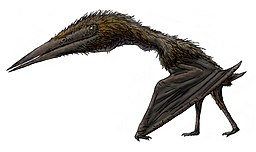
51: While the majority of pterosaurs were carnivorous or piscivorous (fish-eating), scientists think some, like the Tapejara, might have been frugivorous (fruit-eating).
52: Many pterosaur species, such as Pterodactylus antiquus, are known from juveniles and even hatchlings, which provide valuable insights into pterosaur growth and development.
53: Some species of pterosaurs, like the Rhamphorhynchus, had long tails that were stiffened with elongated bones and ended in a diamond-shaped vane.
54: The Quetzalcoatlus northropi, one of the largest known pterosaurs, was also named after Northrop, the aviation company, due to its resemblance to their flying wing aircraft. ( and we guess size!)
55: Pterosaur fossils are often poorly preserved because their bones were hollow and fragile.
56: The Austriadactylus, discovered in Austria, was one of the earliest known pterosaurs, dating back to the Late Triassic period, around 215 -220 million years ago.
57: The Kunpengopterus, discovered in China and named after the mythological Chinese whale / bird-god Kunpeng, had an unusual combination of features, including a curved jaw and a small size.
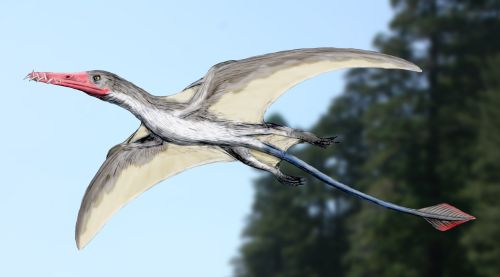
We have loads of information about pterosaurs / flying dinosaurs and even dedicated pages to dinosaur facts and prehistoric marine reptile ( swimming dinosaurs) facts as well you can check out form the list below.
- All Pterosaur / Flying dinosaur species
- What were the largest flying dinosaurs / pterosaurs
- Were there any flying dinosaurs
- Dinosaur facts for Kids
- Swimming dinosaurs – Marine reptile facts
Conclusion
Hopefully you have found some new pterosaur facts in the information above and learnt a little more about the prehistoric world that dinosaurs lived in.
The dinosaurs may certainly have ruled the land million of years ago, but the skies belonged to the Pterosaurs!
References
- https://en.wikipedia.org/wiki/Pterosaur
- https://www.amnh.org/exhibitions/pterosaurs-flight-in-the-age-of-dinosaurs/what-is-a-pterosaur
- https://www.britannica.com/animal/pterosaur
- https://www.nationalgeographic.com/science/article/pterosaurs
Hi, I am Roy Ford a General Studies and English Teacher who has taught all over the world. What started as a fossil collection became a great way to teach, motivate and inspire students of all ages and all over the world about dinosaurs and from that and children’s love of dinosaurs came the site dinosaur facts for kids, a resource for all ages.

